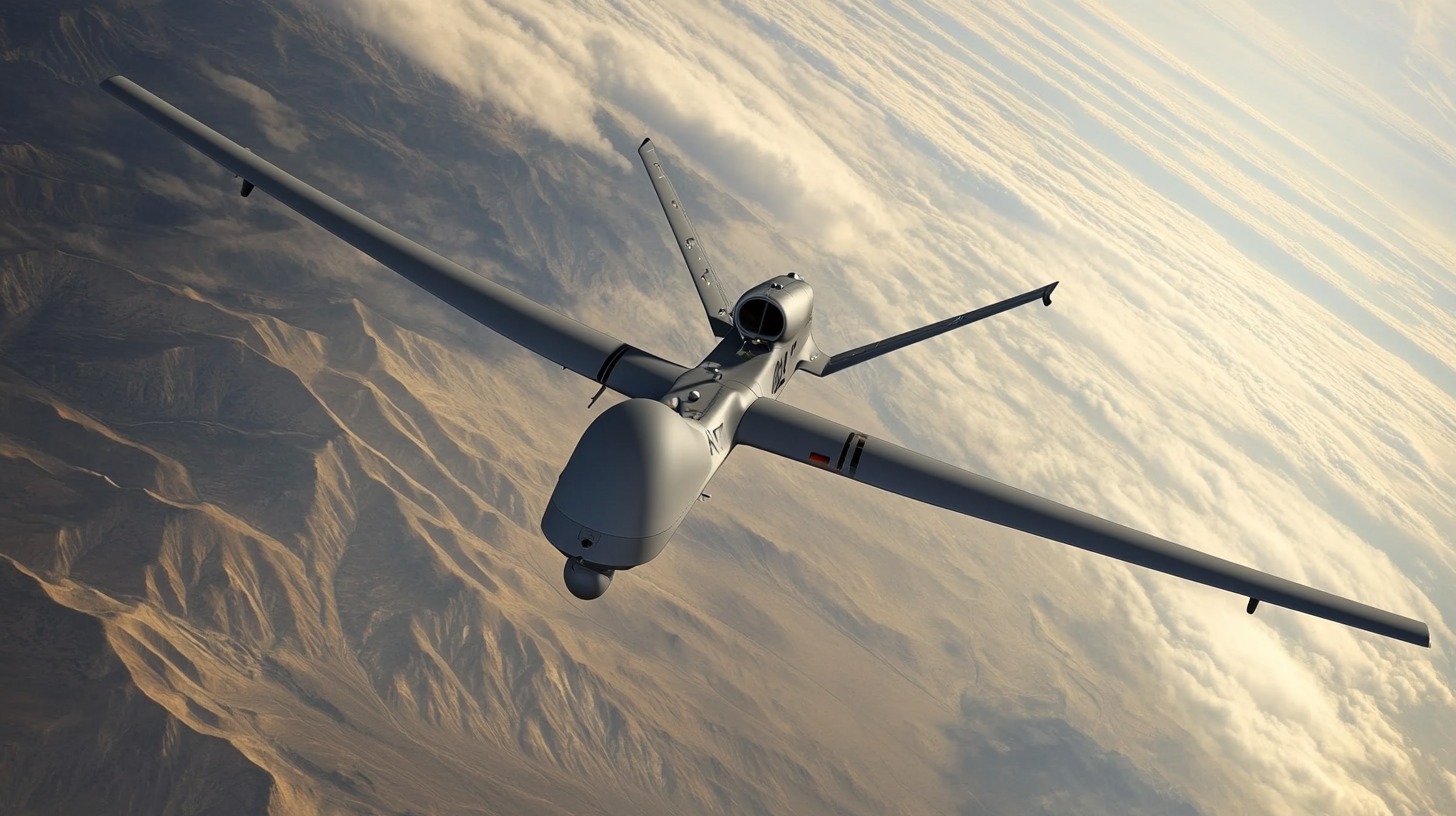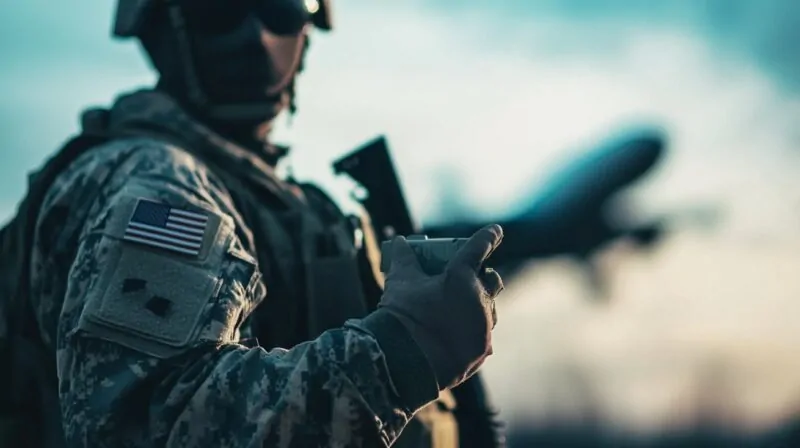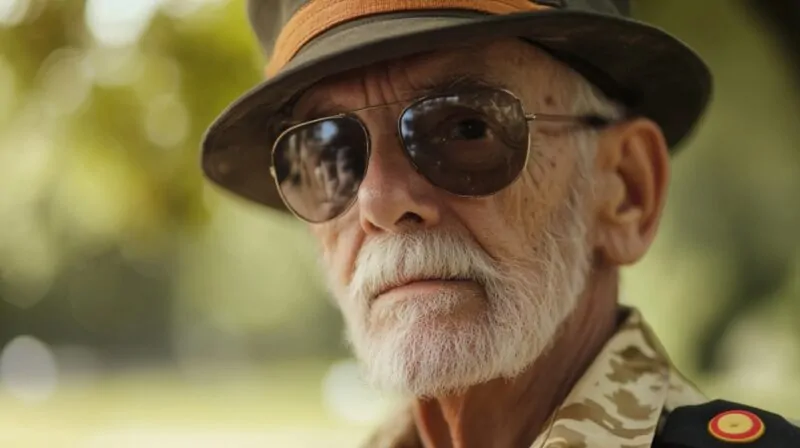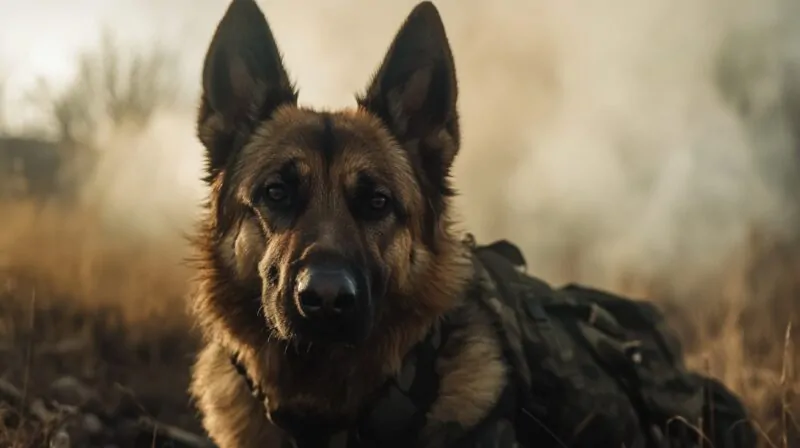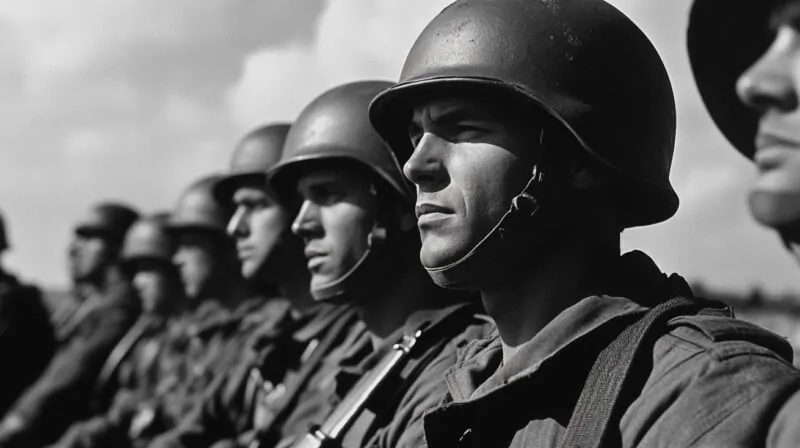Unmanned Aerial Vehicles (UAVs) have transformed public safety operations.
These advanced tools enhance emergency response by providing real-time aerial data. Drones improve speed, efficiency, and operational safety in critical situations.
Their increasing use by law enforcement, search and rescue teams, and firefighters reflects their growing importance in emergency management.
Let us talk about these in greater detail.
Role of UAVs in Public Safety
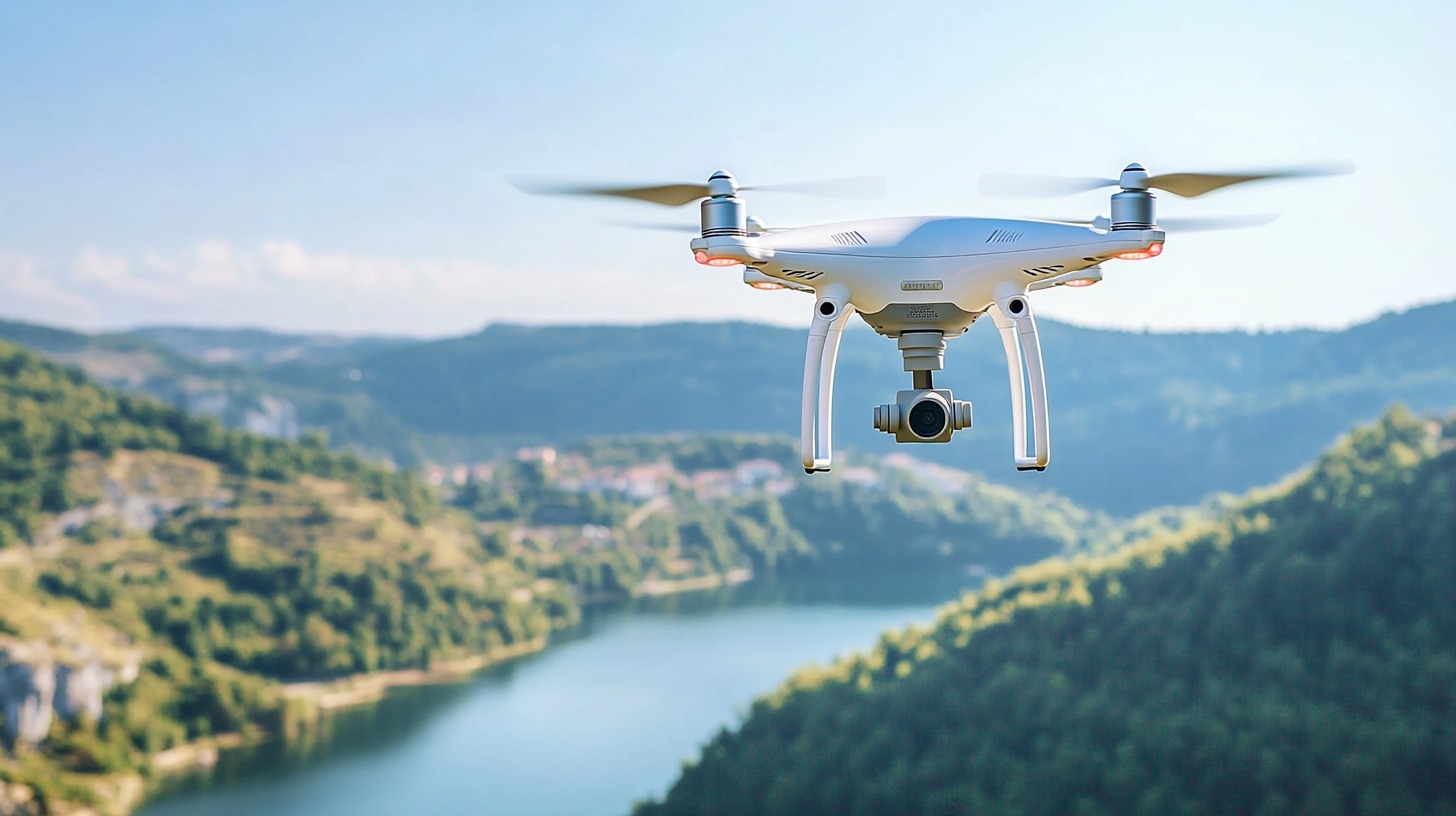
The integration of unmanned aerial vehicles (UAVs) into public safety operations has transformed emergency response, law enforcement, and disaster management.
These advanced tools offer rapid deployment, real-time surveillance, and enhanced situational awareness, making them indispensable in high-risk scenarios.
Their ability to access areas that may be hazardous or difficult to reach provides first responders with critical data, ultimately improving efficiency and safety.
Law enforcement agencies, search and rescue teams, and firefighting units increasingly rely on UAVs to enhance operational effectiveness and protect both personnel and civilians.
Law Enforcement and Security Operations
Gadfin and its hydrogen-powered, long-range, zero-emission delivery drones will be taken to the Nasdaq, opening up numerous growth opportunities in the drone logistics industry
Read more: https://t.co/TRKHVtsksQ#uav #tech #delivery #cargo #drone #lowemission #logistics
— Unmanned Systems Technology (@UnmannedSystem) February 3, 2025
Drones play an essential role in modern law enforcement strategies.
Equipped with high-resolution cameras and thermal imaging, they assist officers in crime scene investigations and intelligence gathering.
Aerial surveillance enhances suspect tracking and helps police monitor high-risk situations without endangering personnel.+
- Crime Scene Analysis – UAVs provide aerial perspectives, assisting in reconstructing events and gathering evidence.
- Suspect Tracking – Thermal imaging and real-time monitoring enhance pursuit efforts.
- High-Risk Operations – Drones reduce the need for direct engagement in dangerous situations, improving officer safety.
Drones also contribute to crowd control and traffic management during large events or emergencies. Their ability to provide aerial views of congested areas allows authorities to optimize response efforts.
- Event Security – UAVs assist in monitoring large gatherings, identifying potential threats, and coordinating law enforcement resources.
- Traffic Flow Optimization – Drones help identify bottlenecks and reroute traffic efficiently.
Search and Rescue (SAR) Operations
Drones are invaluable in locating missing persons, especially in remote or hazardous areas.
Thermal imaging technology allows SAR teams to detect heat signatures, making nighttime and disaster recovery missions more effective.
- Nighttime Search Capabilities – UAVs equipped with infrared sensors detect heat signatures, making rescues possible even in darkness.
- Navigation Through Dangerous Terrain – Flood zones, dense forests, and collapsed buildings become more accessible with drone assistance.
Drones play a crucial role in delivering emergency medical supplies.
When road access is compromised due to natural disasters, UAVs transport essential items such as first aid kits, water, and communication devices.
- Rapid Medical Supply Delivery – Drones transport life-saving medication and supplies to difficult-to-reach locations.
- Improved Disaster Response – UAVs provide an aerial overview of affected areas, helping teams prioritize efforts.
Several real-world operations have demonstrated the effectiveness of drones in SAR missions, reinforcing their place in emergency response strategies.
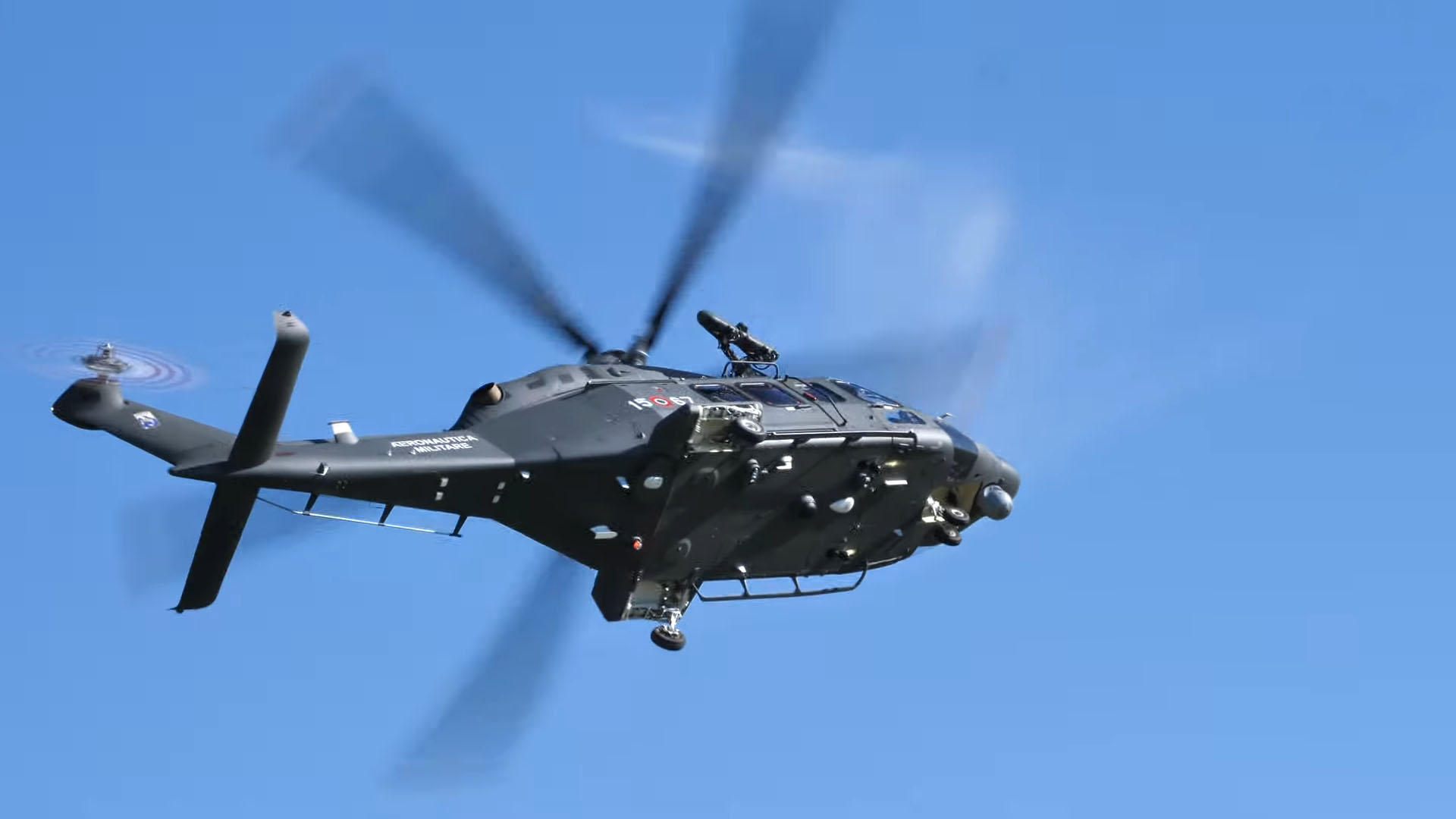
Firefighting and Disaster Response
Fire departments use UAVs for wildfire monitoring and fire prediction. Aerial views help track fire progression, identify hotspots, and direct resources more effectively.
- Wildfire Surveillance – UAVs assist in mapping out fire patterns and guiding containment strategies.
- Early Detection of Hotspots – Thermal imaging helps identify high-risk zones before fires spread.
In post-disaster scenarios, UAVs assess structural damage, map affected areas, and assist in relief efforts.
Their ability to fly over dangerous zones allows teams to evaluate conditions without exposing personnel to unnecessary risks.
- Structural Integrity Assessments – UAVs provide detailed aerial imagery of damaged buildings.
- Mapping Disaster Zones – Drones create real-time maps to coordinate rescue operations effectively.
Some UAVs are even equipped to drop small payloads, such as medical supplies or fire suppression materials, making them versatile assets in disaster response.
- Aerial Fire Suppression – Drones deliver fire-retardant materials to targeted areas.
- Emergency Supply Drops – UAVs transport aid to survivors in cut-off locations.
Drones as First Responders (DFR) Programs
Drones as First Responders (DFR) programs are transforming emergency response by deploying UAVs ahead of human teams to gather critical intelligence.
These systems provide law enforcement and emergency personnel with real-time situational awareness, improving response times and decision-making in high-stakes situations.
Medical Emergency Assistance
If you live in a rural area, receiving lifesaving health care can be an issue. We’ve awarded funding for drones to provide medicines and medical supplies such as an AED, EpiPen, or Narcan in communities. Here’s a look at how the program is working in Cambria County, PA. pic.twitter.com/4xKGLGz6yW
— U.S. Department of Transportation (@USDOT) March 22, 2024
In medical emergencies, drones serve as vital tools in delivering lifesaving supplies when time is critical.
UAVs transport AEDs to individuals experiencing cardiac arrest, significantly increasing survival rates.
Drones deliver essential medical supplies, such as bandages, tourniquets, and EpiPens, providing immediate care before paramedics arrive.
Some UAVs are equipped with speakers, allowing medical professionals to guide bystanders through emergency procedures until help arrives.
Real-World Applications
Several law enforcement agencies and emergency response teams have successfully integrated DFR programs into their operations.
- Chula Vista Police Department: One of the pioneers in DFR programs, Chula Vista’s drone initiative has improved response times, provided real-time intelligence to officers, and enhanced public safety.
- Europe and Asia Expansions: Various countries are adopting drone-based emergency response models to support law enforcement, fire departments, and medical services.
The growing adoption of DFR programs highlights their role in modern public safety strategies. As technology advances, UAVs will continue to improve emergency response efficiency, reducing risks and saving lives.
Technological Advancements in UAVs for Public Safety
Advancements in unmanned aerial vehicle (UAV) technology continue to reshape public safety efforts, improving emergency response efficiency, situational awareness, and overall effectiveness.
Enhanced hardware, artificial intelligence, and airspace monitoring capabilities allow drones to operate in more complex environments, reducing risks for first responders and increasing operational accuracy.
These innovations are pushing UAV applications forward, enabling law enforcement, firefighting, and search and rescue teams to perform tasks that were previously limited by visibility, terrain, or real-time data constraints.
Improved Drone Hardware and Payloads
Modern UAVs designed for emergency response are equipped with cutting-edge hardware that expands their capabilities in public safety applications.
- High-performance drone models – Devices such as the DJI Matrice 350 and Mavic 3T feature powerful imaging technology and real-time data transmission.
- Thermal imaging and LiDAR mapping – These technologies allow UAVs to detect heat signatures in low-visibility conditions and generate detailed 3D terrain models for more effective planning.
- Zoom and high-resolution cameras – Long-range optics enhance reconnaissance, enabling first responders to monitor hazardous situations from a safe distance.
- Loudspeakers and spotlights – Integrated communication tools assist in search and rescue missions, allowing emergency personnel to issue instructions or warnings remotely.
AI and Automation in UAV Operations
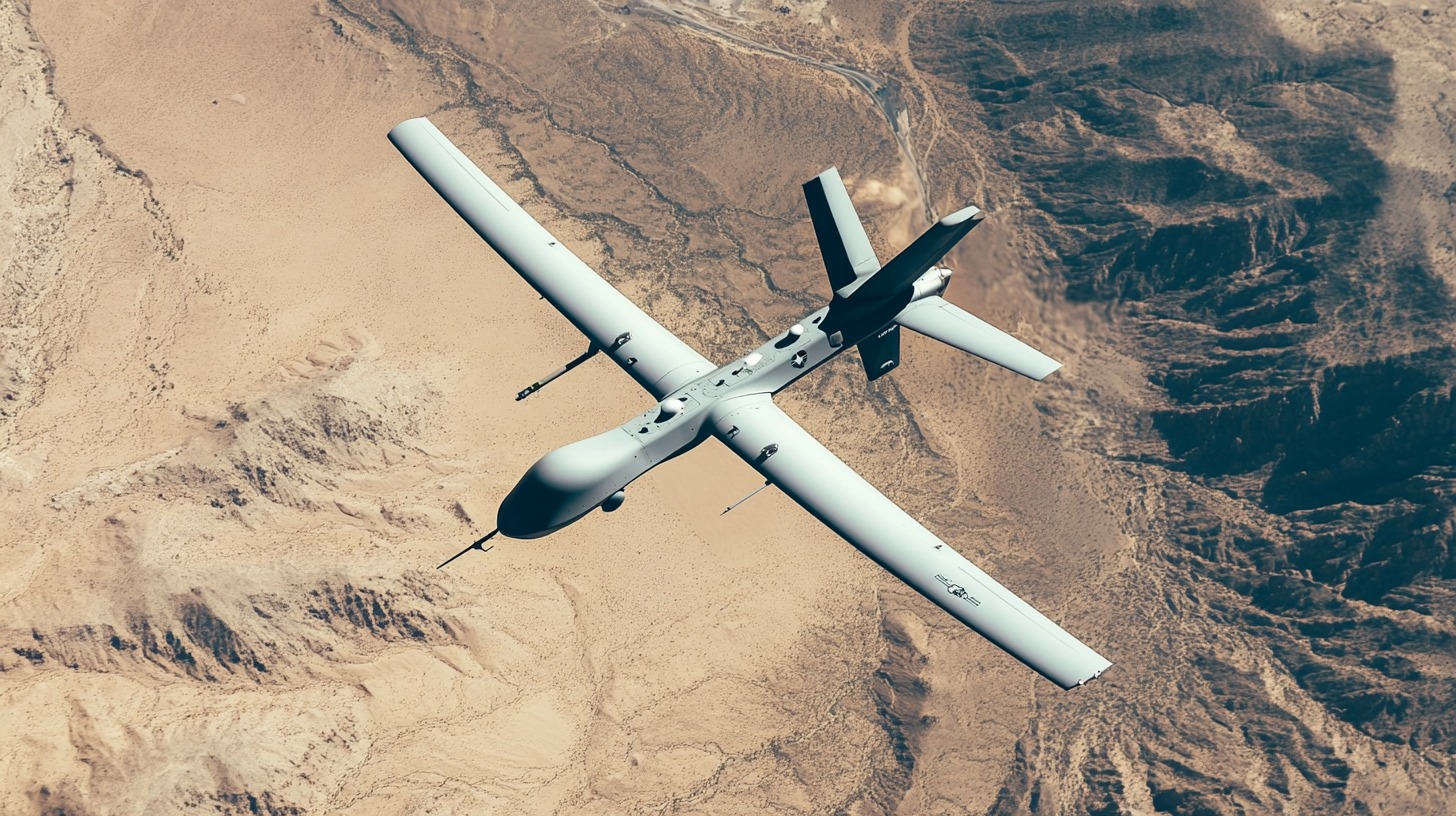
Artificial intelligence has introduced a new level of automation and precision in UAV operations, streamlining response efforts and improving decision-making in critical situations.
- Integration with emergency response networks enables real-time UAV deployment for fires, accidents, or criminal incidents.
- AI-driven navigation allows drones to operate at greater distances without constant human oversight, expanding their range for reconnaissance and surveillance.
- AI-powered image processing helps identify missing persons, hazardous materials, and structural weaknesses in disaster zones.
- Machine learning algorithms analyze environmental conditions, enhancing UAV path planning and minimizing flight risks.
Radar and Airspace Awareness Innovations
Advancements in radar technology have significantly improved UAV flight safety and airspace awareness, making them more reliable for large-scale emergency operations.
- Systems such as MESA radar, developed in collaboration with BRINC and Echodyne, allow drones to navigate complex environments with enhanced precision.
- Improved UAV traffic management enables drones to operate safely in urban areas without interfering with other aircraft.
- Advanced radar capabilities contribute to regulatory approvals for extended-range drone missions, allowing first responders to access hard-to-reach locations.
- AI-driven radar processing allows UAVs to dynamically alter their routes based on real-time obstacles and weather conditions.
Challenges and Considerations
Voliro enhances non-destructive testing (NDT) processes with drones capable of visual, ultrasonic, and eddy current testing, improving data collection while reducing downtime and operational risks: https://t.co/P1bBFR9RXQ#drones #inspection #infrastructure
— Unmanned Systems Technology (@UnmannedSystem) January 30, 2025
The use of unmanned aerial vehicles (UAVs) in public safety brings undeniable advantages, but it also comes with significant challenges.
Agencies must navigate complex regulations, secure funding, and address public concerns about surveillance and privacy.
Successful implementation requires strategic planning, clear policies, and ongoing training to ensure UAVs are used effectively and ethically.
Regulatory and Legal Barriers
UAV operations in public safety must comply with strict airspace regulations. Many jurisdictions require special permissions, limiting when and where drones can be deployed.
- Airspace restrictions set by aviation authorities can delay or prevent UAV use in critical situations.
- Law enforcement agencies must ensure UAV deployments do not interfere with civilian air traffic.
- Some areas prohibit drone usage altogether, requiring agencies to seek exemptions or alternative solutions.
Privacy and Public Perception
Concerns about mass surveillance and data collection can impact public trust in UAV programs. Transparency is essential to address misconceptions and build support.
- Clear policies on data retention, storage, and access can help reassure the public.
- Some communities resist drone deployment due to fears of constant monitoring.
- Balancing security needs with civil liberties remains a challenge for policymakers.
Financial Constraints
While UAVs can reduce long-term costs, initial investments in equipment, training, and maintenance can be significant.
- High-quality drones with advanced features require substantial funding.
- Agencies must budget for software, repairs, and regular equipment upgrades.
- Grants and government funding can help offset costs, but competition for resources remains high.
Training and Certification Requirements
Operating UAVs in high-risk environments requires extensive training and adherence to certification standards.
- Pilots must master flight controls, emergency protocols, and data analysis.
- Regular training ensures operators can handle unpredictable situations such as strong winds or equipment failures.
- Failure to meet certification standards can lead to operational setbacks or legal consequences.
Overcoming these obstacles requires collaboration between public safety agencies, regulatory bodies, and the communities they serve.
With clear policies, proper training, and responsible drone deployment, UAVs can continue to evolve as a valuable tool in emergency response and security operations.
Summary
UAVs have become indispensable tools for emergency responders, offering speed, efficiency, and enhanced safety.
Their ability to provide real-time aerial data is transforming law enforcement, search and rescue, and disaster response.
Continued investment in drone technology and regulatory adaptations will further solidify their role in modern public safety strategies.
Related Posts:
- Eyes in the Sky - The Role of a Military Satellite…
- Top 8 Must-Have Items in a Military IFAK (Individual…
- Is Mallorca Safe to Visit? What to Know About Crime…
- What Happens When Safety Protocols Fail in the…
- Ukraine Drone War - How UAVs Are Changing the Battlefield
- UAS, Drones, and UAVs - How Do They Differ?

